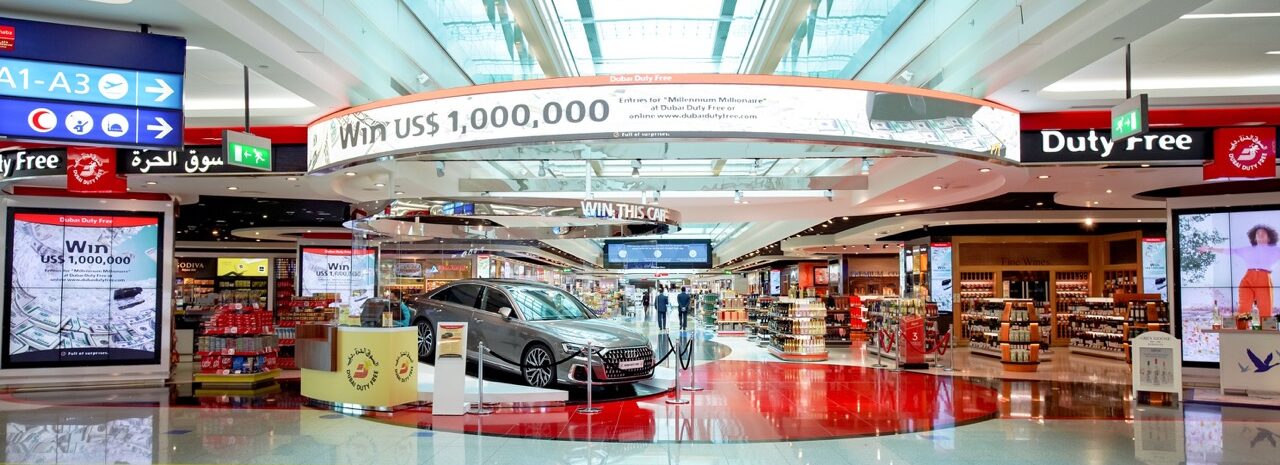INTERNATIONAL. International tourism arrivals more than doubled (+130%) in January 2022 compared to the same month in 2021 – but remain -67% off 2019 levels. That’s according to the latest UN World Tourism Organization (UNWTO) figures.
All regions enjoyed a significant rebound, though from low levels recorded at the start of 2021. Europe (+199%) and the Americas (+97%) continued to post the strongest results, with international arrivals still around half pre-pandemic levels (-53% and -52%, respectively).
The Middle East (+89%) and Africa (+51%) also saw growth in January 2022 over 2021, but these regions saw a drop of -63% and -69% respectively compared to 2019. While Asia and the Pacific recorded a +44% year-on-year increase, several destinations remained closed to non-essential travel resulting in the largest decrease in international arrivals over 2019 (-93%).
“As destinations Russia and Ukraine accounted for 4% of all international arrivals in Europe but only 1% of Europe’s international tourism receipts in 2020” – UNWTO
By sub-region, the best results were recorded by Western Europe, registering four times more arrivals in January 2022 than in 2021, but -58% less than in 2019. Additionally, the Caribbean (-38%) and Southern and Mediterranean Europe (-41%) have shown the fastest rates of recovery towards 2019 levels.

Several islands in the Caribbean and Asia and the Pacific, together with some small European and Central American destinations recorded the best results compared to 2019: Seychelles (-27%), Bulgaria and Curaçao (both -20%), El Salvador (-19%), Serbia and Maldives (both -13%), Dominican Republic (-11%), Albania (-7%) and Andorra (-3%). Bosnia and Herzegovina (+2%) even exceeded pre-pandemic levels. Among major destinations Turkey and Mexico saw declines of -16% and -24% respectively as compared to 2019.
Prospects for recovery
After the unprecedented drop of 2020 and 2021, international tourism is expected to continue its gradual recovery in 2022. As of 24 March, 12 destinations had no COVID-19 related restrictions in place and an increasing number of destinations were easing or lifting travel restrictions, which contributes to unleashing pent-up demand.
UNWTO said: “The war in Ukraine poses new challenges to the global economic environment and risks hampering the return of confidence in global travel. The US and the Asian source markets, which have started to open up, could be particularly impacted especially regarding travel to Europe, as these markets are historically more risk-averse.
“The shutdown of Ukrainian and Russian airspace, as well as the ban on Russian carriers by many European countries is affecting intra-European travel. It is also causing detours in long-haul flights between Europe and East Asia, which translates into longer flights and higher costs.”
Russia and Ukraine accounted for a combined 3% of global spending on international tourism in 2020 and at least US$14 billion in global tourism receipts could be lost if the conflict is prolonged, warned UNWTO.
UNWTO stated: “The importance of both markets is significant for neighbouring countries, but also for European sun and sea destinations. The Russian market also gained significant weight during the pandemic for long haul destinations such as Maldives, Seychelles or Sri Lanka. As destinations Russia and Ukraine accounted for 4% of all international arrivals in Europe but only 1% of Europe’s international tourism receipts in 2020.”
While it is too early to assess the impact, air travel searches and bookings across various channels showed a slowdown the week after the invasion but started to rebound in early March.
The Organisation for Economic Co-operation and Development (OECD) estimates that global economic growth could be more than -1% lower this year than previously projected, while inflation, already high at the start of the year, could be at least a further +2.5% higher. The recent spike in oil prices (Brent reached its highest levels in ten years), and rising inflation are making accommodation and transport services more expensive, adding extra pressure on businesses, consumer purchasing power and savings, UNWTO notes.
This forecast is in line with the analysis on the potential consequences of the conflict on global economic recovery and growth by the United Nations Conference on Trade and Development (UNCTAD), which has also downgraded its projection for world economic growth in 2022 from +3.6% to +2.6% and warned that developing countries will be most vulnerable to the slowdown.













